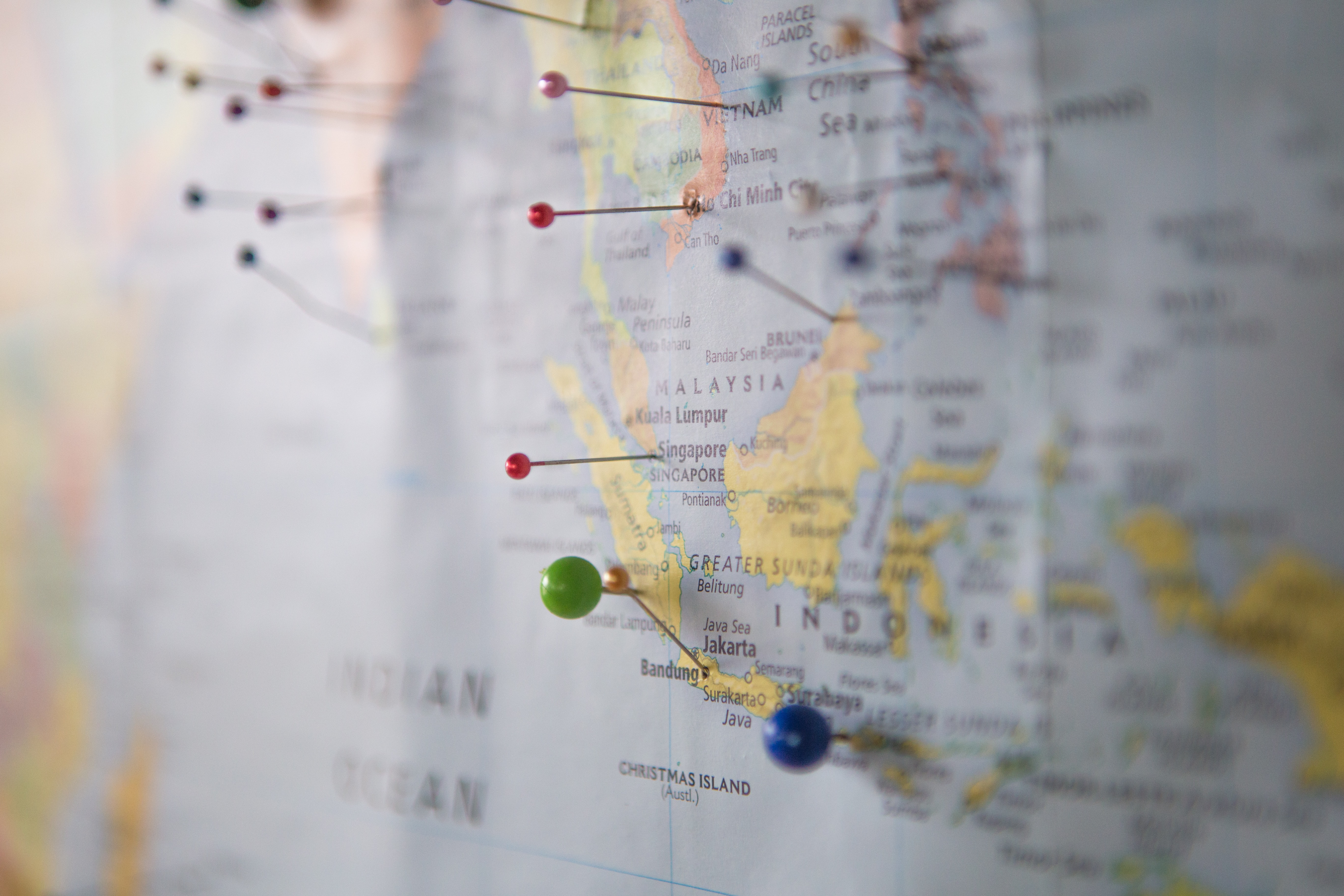Forecasting 2022 Growth in Southeast Asia

The year 2022 continues to look inspiring for much of Southeast Asia, and the region in general. Growth is still firm and rates are on the uptick as we move on from the last two years of the pandemic. By far the biggest wild card for the region is how Covid plays out. Most countries are adapting well, and even starting to open up further with Thailand in mind. Other parts of the region such as China have a zero-Covid policy, which could create downward pressure on the economy if there is a severe breakout. But all in all, there are many reasons to be optimistic on the prospects for Southeast Asia in 2022.
Three main contributors to the area in terms of growth over 2022 look to be: Vietnam, Philippines, and Malaysia. All three of these countries are expected to post growth of at least 6% over the year. And although Covid has had an impact on all of these economies, they are adapting and recovering at a fast clip. One element that needs to be addressed is how global inflation will affect countries throughout Southeast Asia. On a positive note, inflation numbers in Asia have been more subdued than other parts of the world, including the U.S. and Europe. This is partly due to much less government stimulus being committed to this part of the world. Food costs are expected to go up in the region due to changes in supply chains, but other items including wages, energy, and general goods are looked to be only slightly affected. This could change depending on the trajectory over the invasion of Ukraine by Russia, but most economists and strategists see a re-spreading of the Omicron variant (or another variant for that matter) as a bigger risk to the region than a continued Ukraine-Russia conflict.
Indonesia and Cambodia are both expected to grow their economies at least 5% in 2022. Exports have come back substantially for these countries since the beginning of the pandemic. As long as governments continue to vaccinate and provide adequate support to the public, these countries will also contribute to the region. However, if Covid numbers do spike again and there is an impact to the general population in terms of health and employment, then growth numbers may need to be revised. This is certainly a possible downside risk. Let’s hope this is not the case and Southeast Asia can support global growth. All things considered, the region has the potential for a major contribution to the world in 2022. 


.jpg)
.jpg)
.jpg)


